Digital Camera World Verdict
If you feel that bigger is better when it comes to macro magnification, you’ll be delighted that this lens can reproduce small areas at up to twice life size on a camera’s image sensor. That gives the scope for humungous enlargement on-screen or in print, and thanks to the Laowa’s excellent sharpness, it can capture near-microscopic levels of fine detail and texture. It’s a fully manual lens designed for mirrorless cameras but has great handling and all-round performance. All in all, it’s a sound choice for mirrorless cameras, at a very attractive price.
Pros
- +
Mighty 2.0x macro magnification
- +
High-precision manual focus ring
- +
Relatively compact and lightweight
Cons
- -
No autofocus
- -
No camera-driven aperture control
- -
No lens-based EXIF data with images
Why you can trust Digital Camera World
The Laowa 90mm F2.8 2x Ultra Macro APO comes three years down the road from the TIPA award-winning Laowa 100mm f/2.8 2x Ultra Macro APO. The older lens was available in two broadly similar versions, one for Canon and Sony DSLRs, the other for Canon RF, Nikon Z and Sony E mount mirrorless cameras, all of them being full-frame compatible. The newer 90mm is designed purely for mirrorless cameras, adding Leica L to the line-up of mount options while still supporting the previous RF, Z and E threesome.
Quite compact for a 90mm macro lens, the Laowa is nearly one and a half inches shorter than the previous 100mm mirrorless lens, but only about a fifth of an inch shorter than the DSLR version. As with its predecessor, the it has a fixed physical length so there’s no externally telescoping inner barrel that protrudes forwards at shorter focus distances.
Specifications
Mount: Canon RF, Leica L, Nikon Z, Sony FE
Full frame: Yes
Autofocus: No
Image stabilization: No
Lens construction: 13 elements in 10 groups
Angle of view: 27 degrees
Diaphragm blades: 13
Minimum aperture: f/22
Minimum focusing distance: 20.5cm
Maximum magnification ratio: 2.0x
Filter size: 67mm
Dimensions: 74x120mm
Weight: 619g
Key features
Naturally, the key feature of any macro lens is its extreme close-up capability. The Laowa goes further than most, with 2.0x macro magnification being available at the shortest focus distance of 20.5cm, or about 8 inches. As always, that’s measured from the focal plane of the camera (equating to the active surface of the image sensor) rather than from the front of the lens.
The fact that the lens focuses internally, rather than physically extending at shorter focus distances, avoids it from cutting down the working distance between the front of the lens and the subject when you’re shooting close-ups. In practice, while the front element remains fixed in place, the inner elements are deeply recessed at the infinity focus setting, and move forward right up to the front end as you focus down to the closest setting.
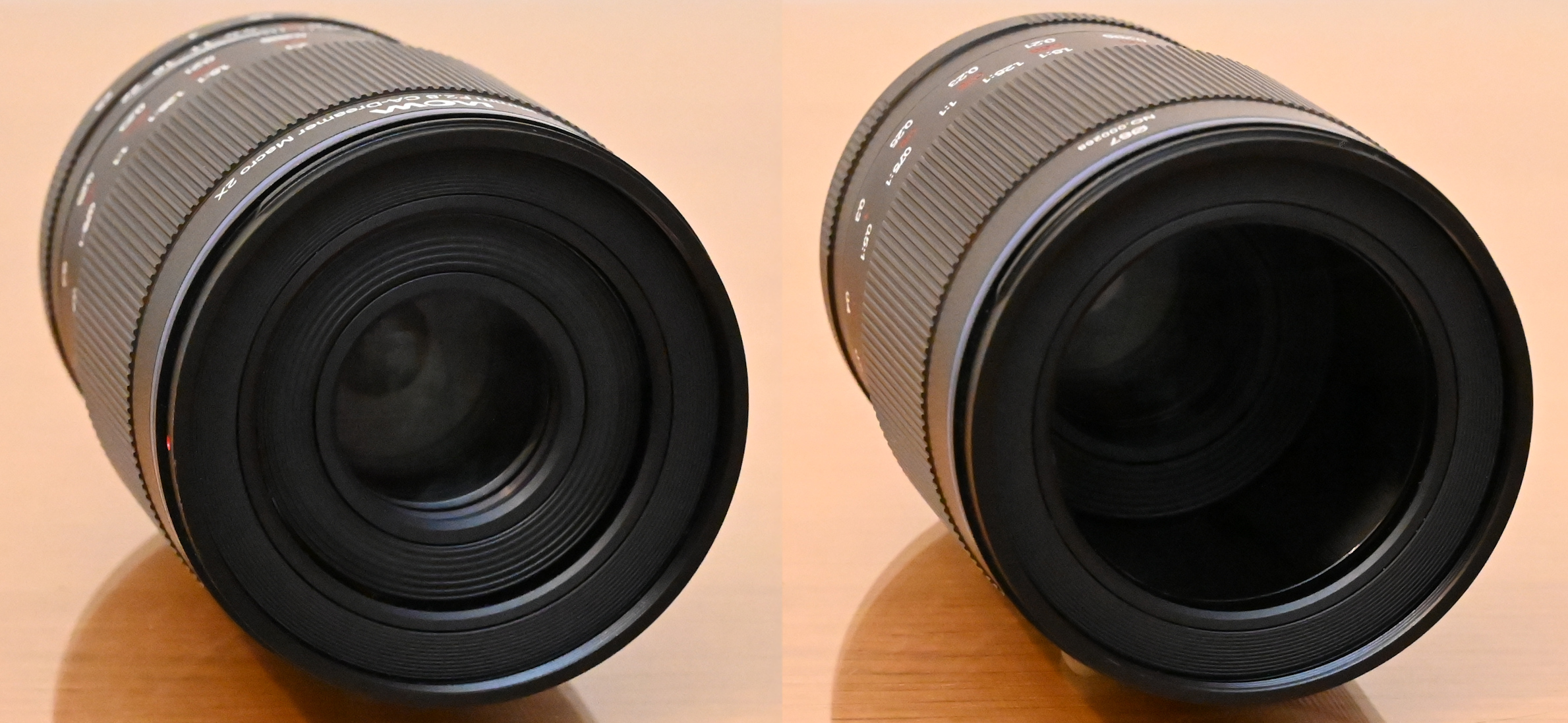
An absence from the feature list is any form of electronics. As such, there’s no autofocus and you have to set the aperture manually, using the aperture control ring on the lens itself rather than making any adjustments from the host camera body. This effectively takes Program AE and shutter-priority shooting modes off the menu, and no lens-based EXIF data is recorded in image files, including the chosen aperture setting.
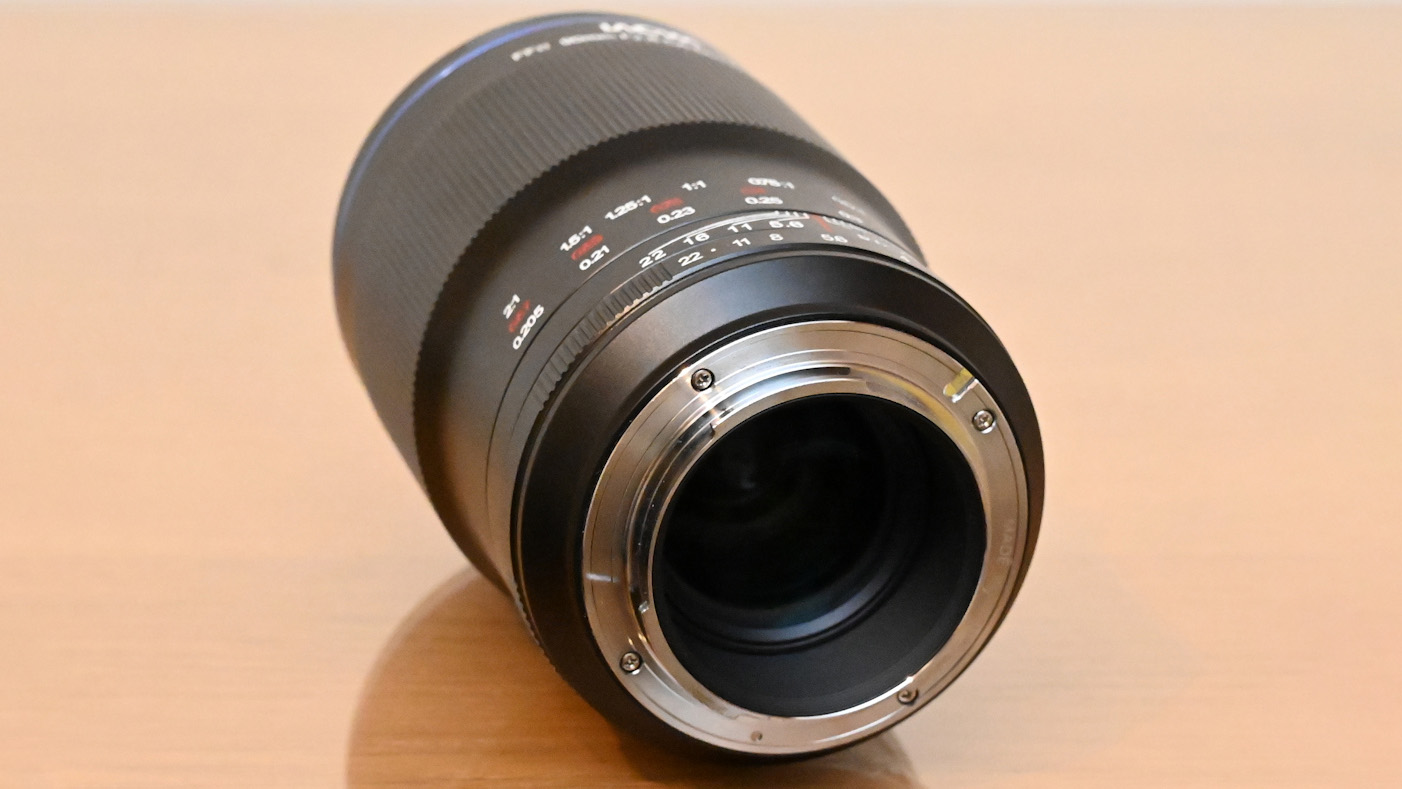
Build and handling
The construction of the lens feels robust and well-engineered although the Laowa lacks any weather-seals, either on the mounting plate or around any of the barrel joints. Even so, it handles very nicely. There are metric and imperial distance scales on the focus ring, as well as a macro magnification scale. Depth of field markers are on hand for apertures of f/5.6, f/11, f/16 and f/22. They’re of some use for zone focusing in general shooting but of little value for macro photography, where extremely precise focusing is critical.
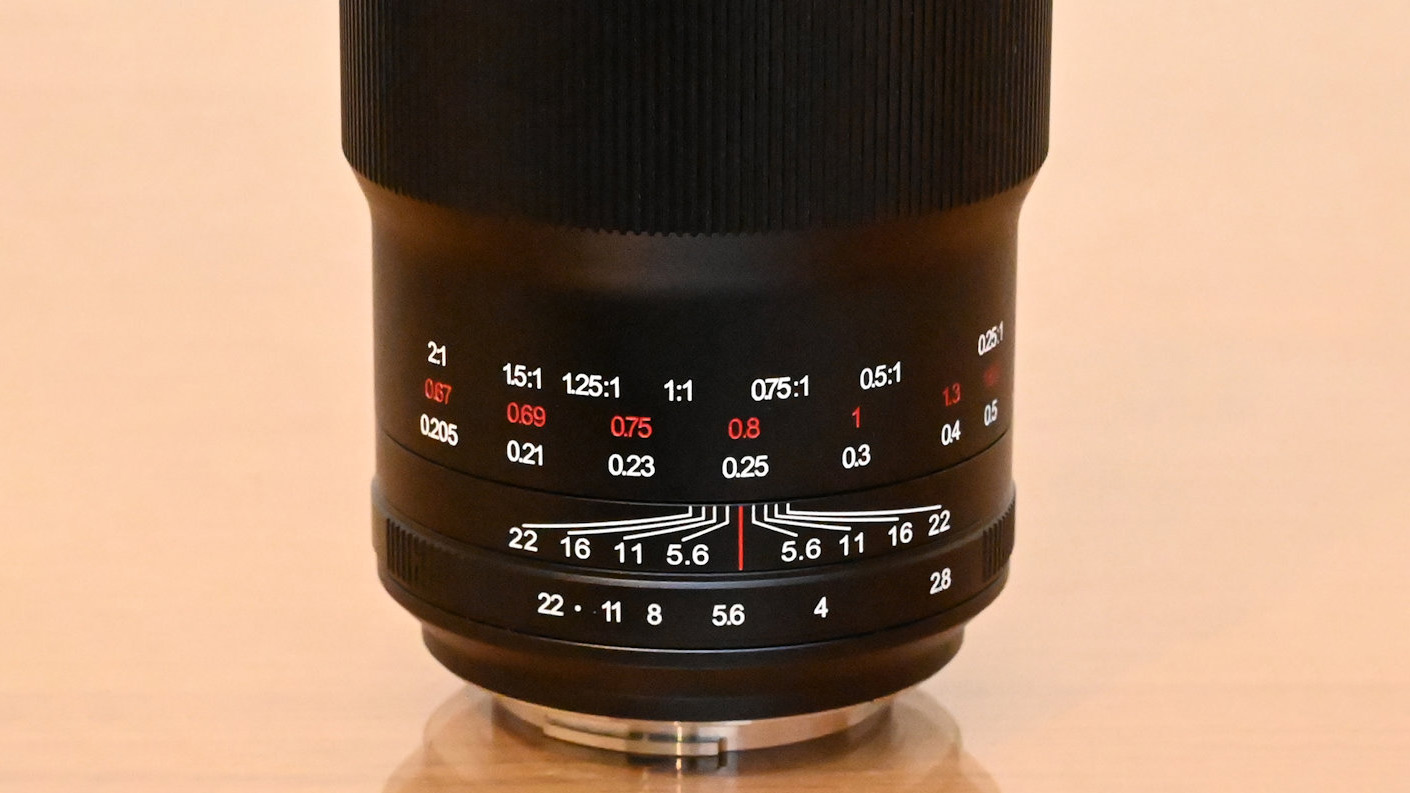
Speaking of accurate focusing, the manual focus ring has a long rotational travel and smooth operation, making ultra-fine adjustments much easier than with the vast majority of autofocus lenses. The lack of autofocus certainly isn’t a deal-breaker when it comes to the bulk of macro photography, where manual focusing in generally preferred.
Performance
The lens delivered excellent levels of sharpness in our tests, along with impressive contrast and clarity. As promised for an ‘apochromatic’ lens, lateral and axial chromatic aberrations are minimal, and image quality is effectively boosted by the inclusion of three ED (Extra-low Dispersion) elements in the optical path.
Like pretty much any modern macro lens, the Laowa can focus to infinity and is useful for general short telephoto photography. In particular, the combination of a 90mm focal length and fairly nippy f/2.8 aperture make the lens useful for portraiture, although the lack of autofocus is more of a chore in for this type of photography. At least the focus peaking option available with most mirrorless cameras comes in useful for accurate manual focusing with a decent level of consistency, resulting in a pretty good hit rate.
Further performance plus points are that the lens retains very good sharpness and clarity at narrow apertures right down to its minimum f/22 setting, suffering comparatively little from the diffraction that’s generally associated with shooting at narrow apertures. That’s good news for macro photography, where you’ll often try to eek out anything more than a wafer-thin depth of field to retain sharpness throughout more of three-dimensional subject matter. After all, shooting perfectly flat objects head-on is of limited appeal unless you’re a postage stamp collector.
Outright sharpness isn’t the only factor to consider. When it comes to blur, the Laowa’s quality of bokeh is soft and creamy, and remains of very pleasing when stopping down, helped by a particularly well-rounded 13-blade aperture diaphragm. All in all, premium overall performance and image quality make this a highly desirable and relatively affordable macro lens.
Sample images

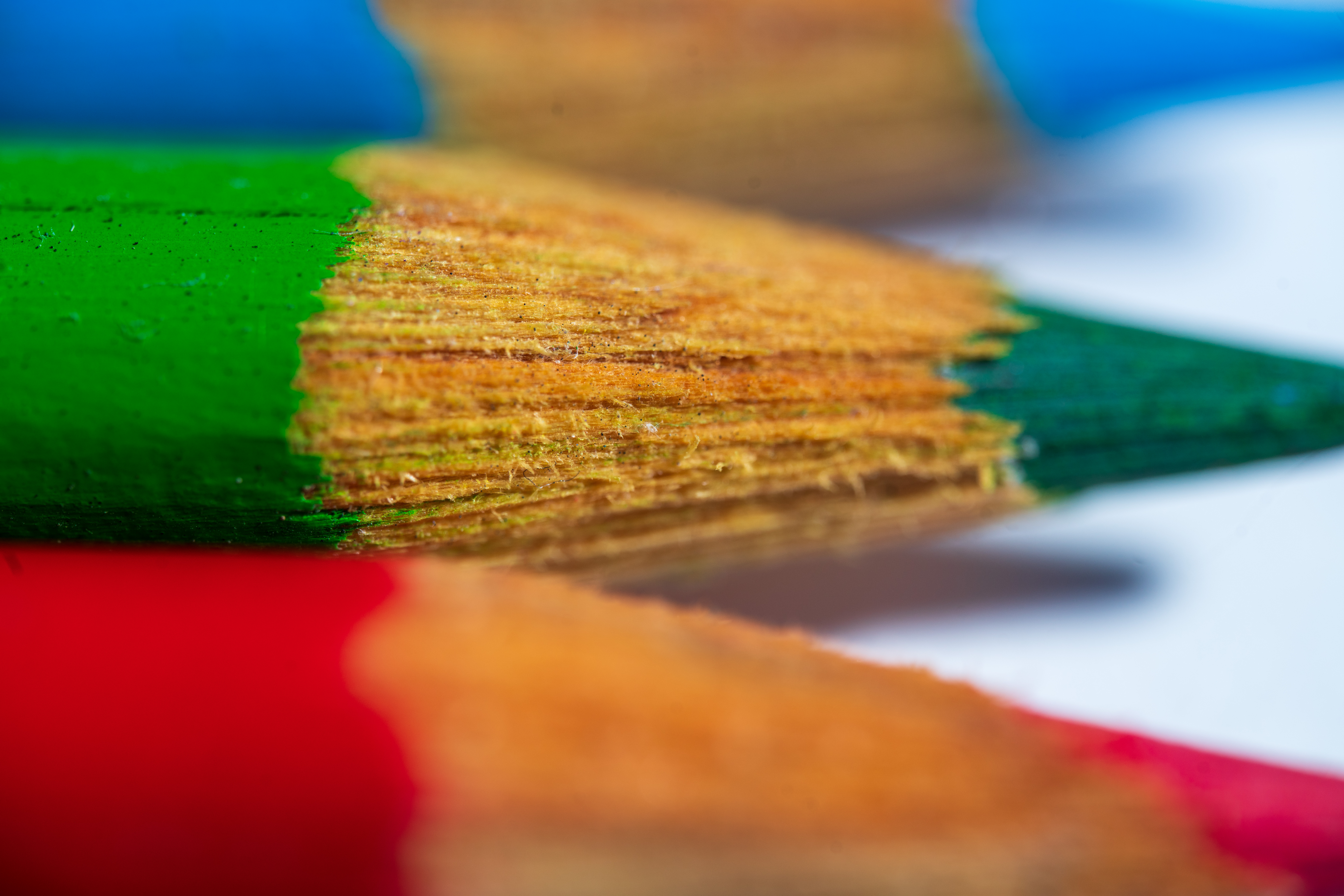
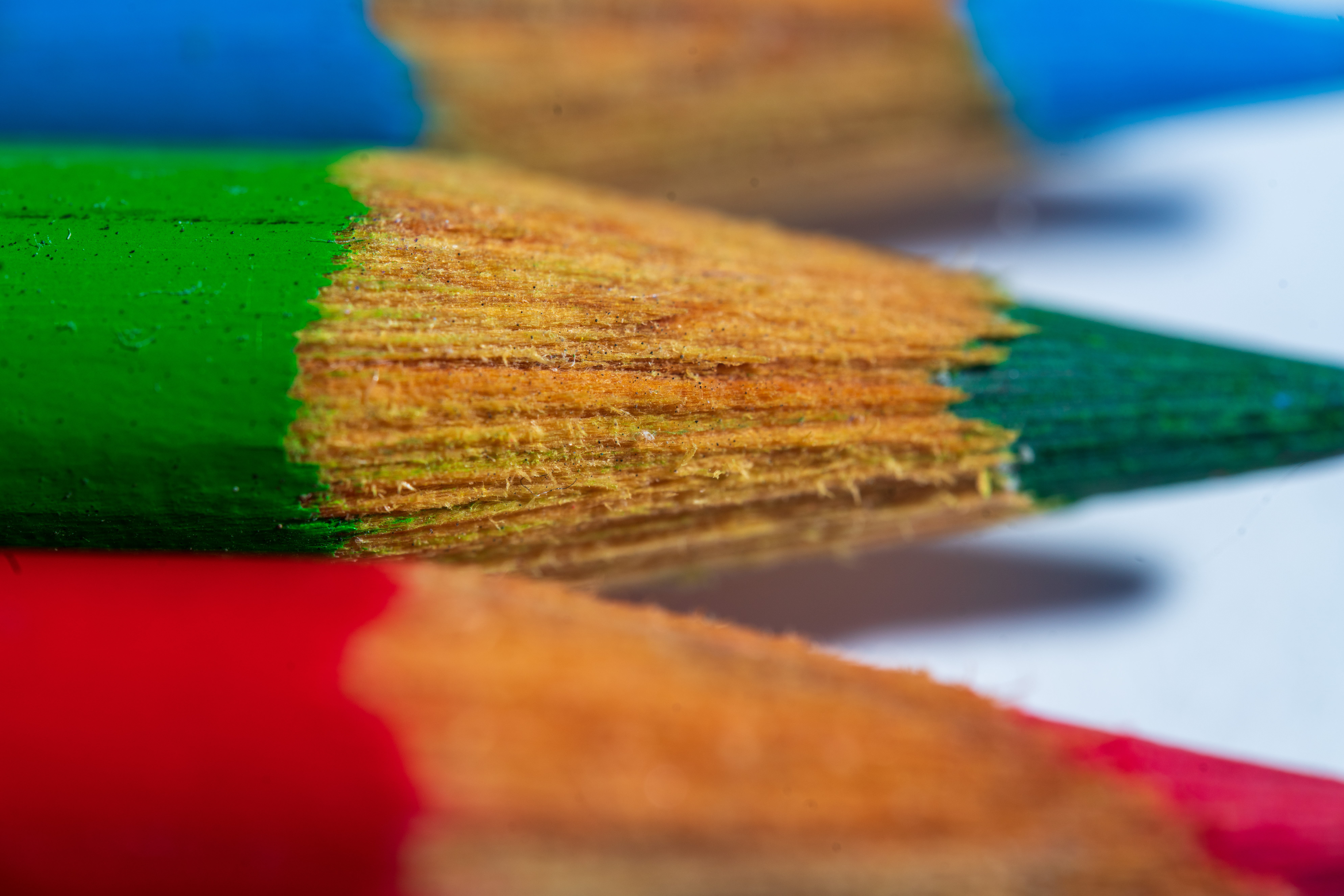
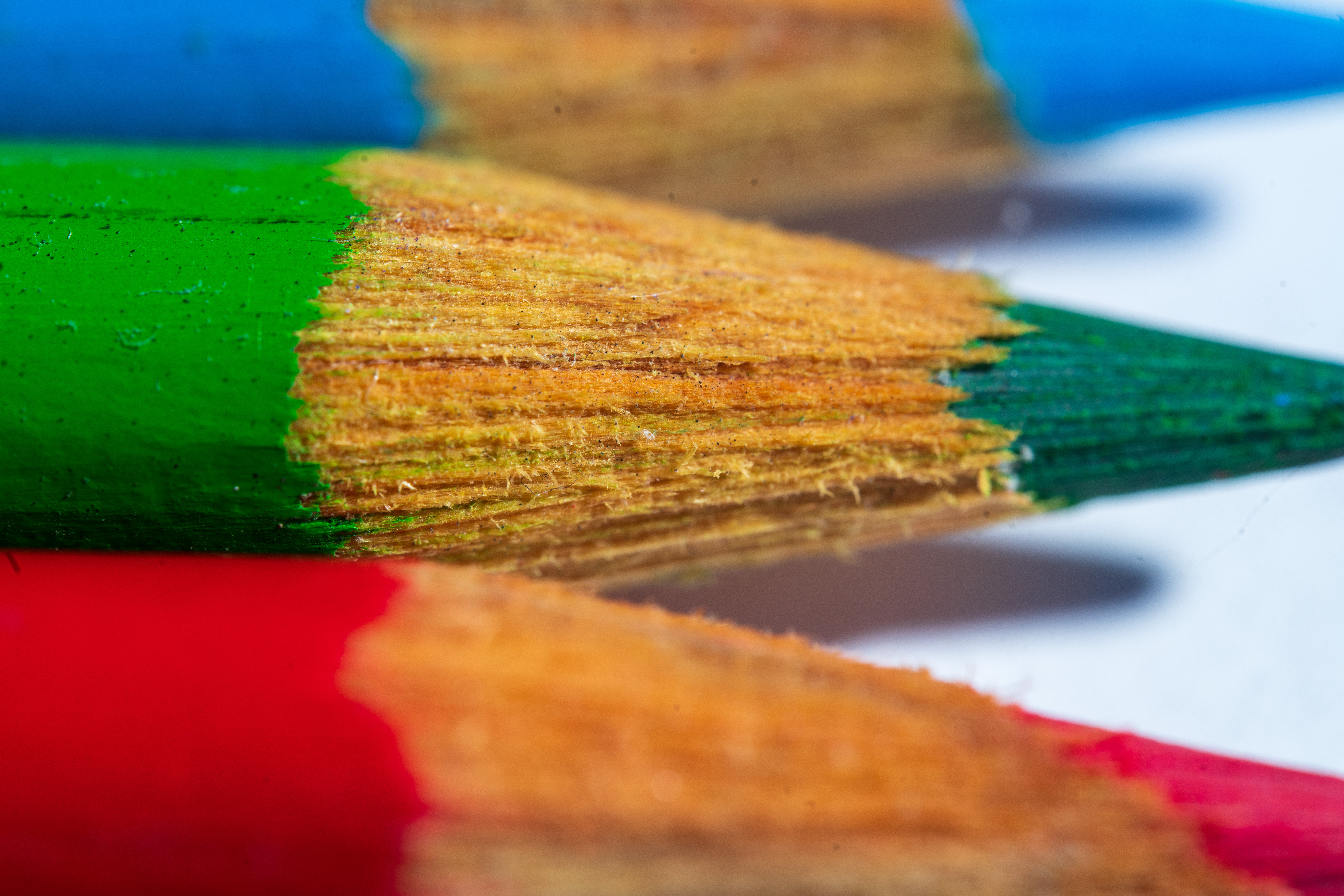
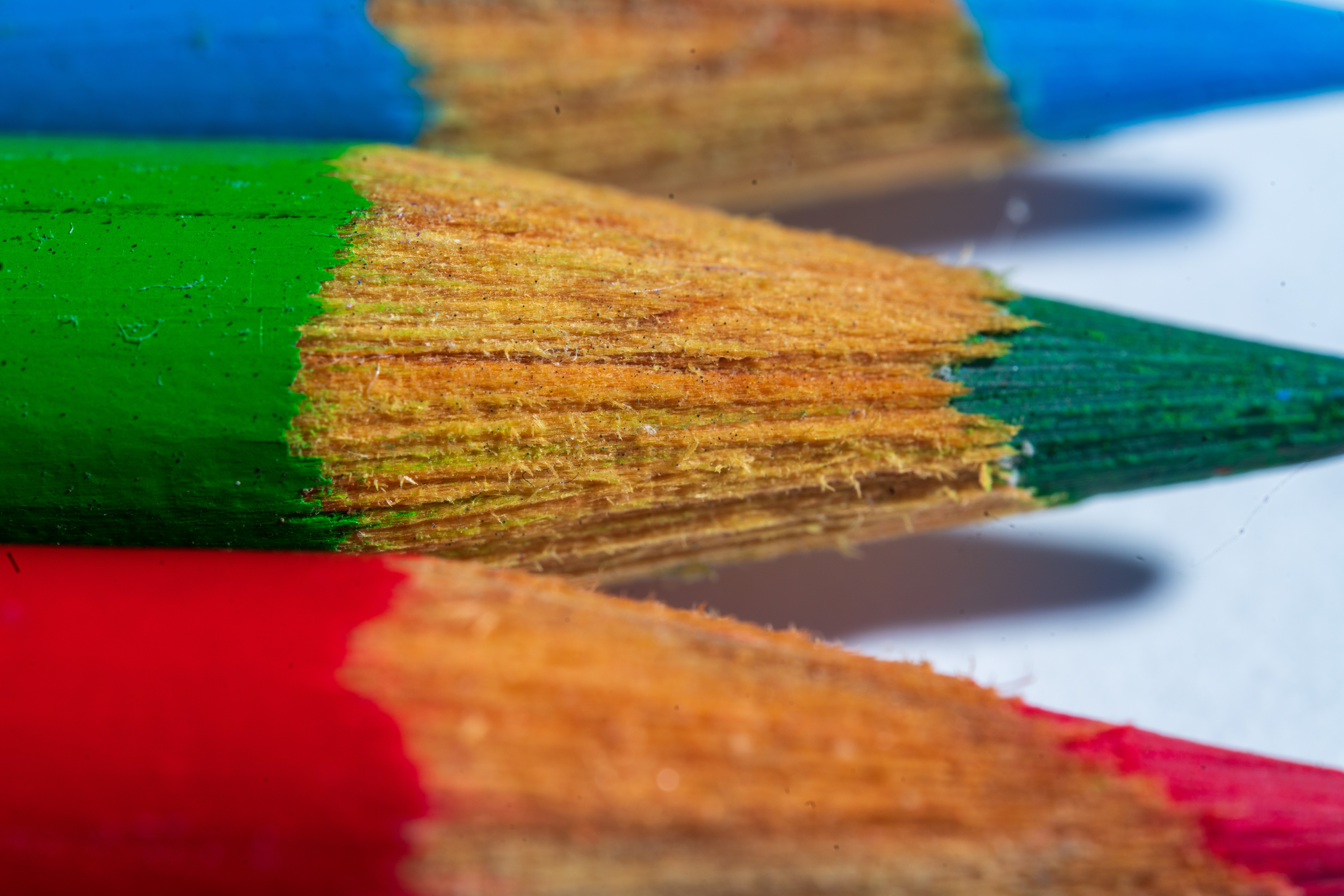
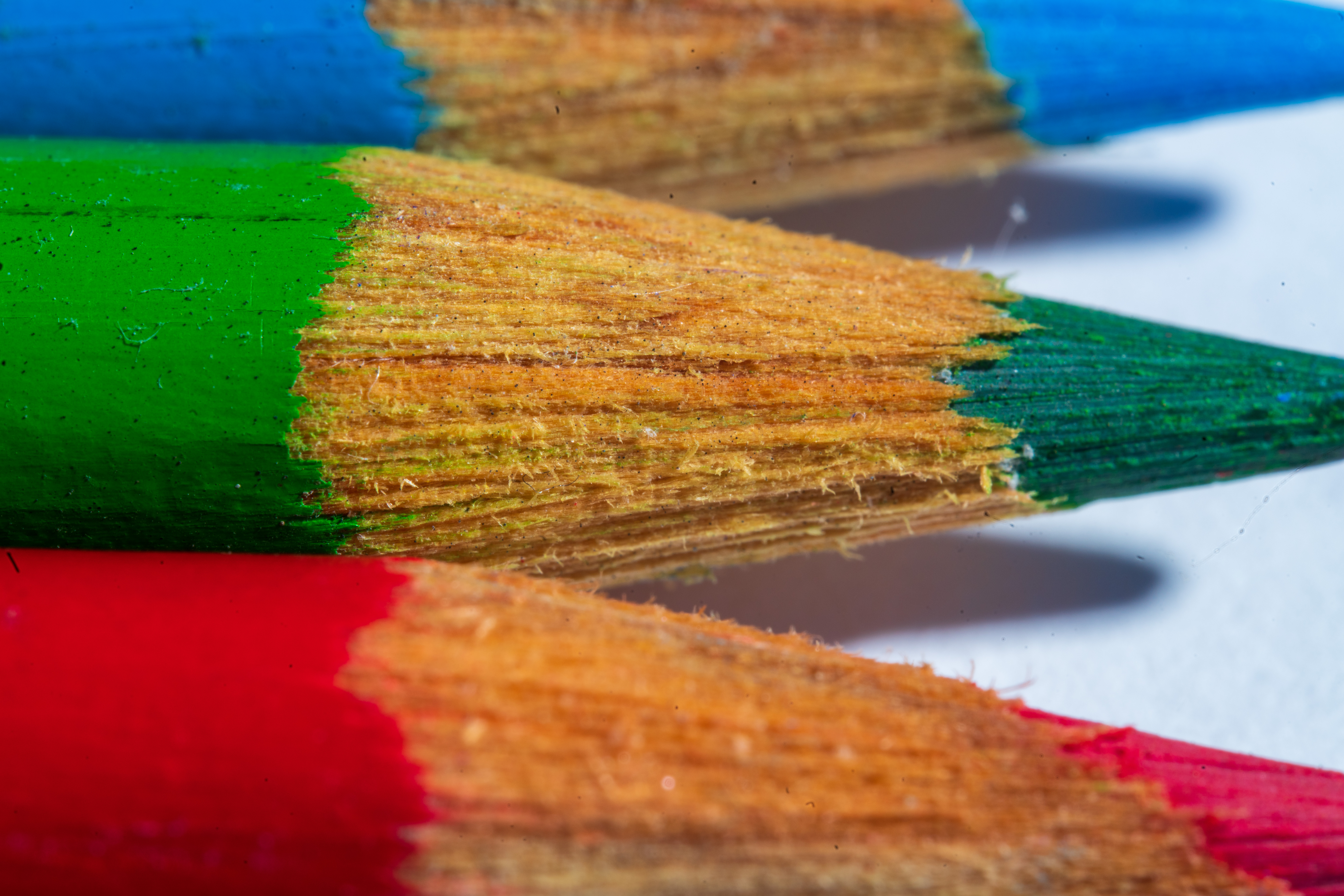
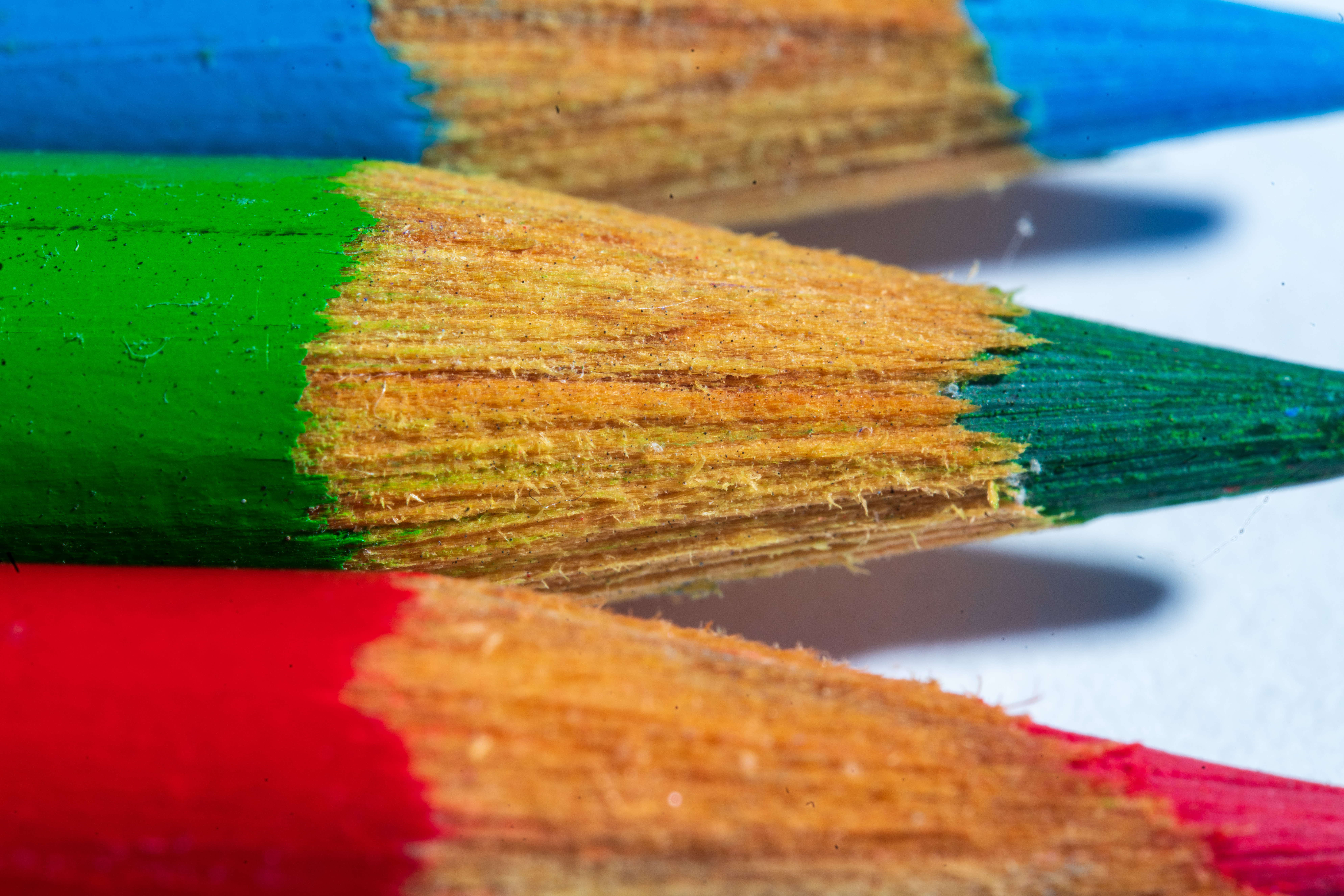
Lab results
We run a range of lab tests under controlled conditions, using the Imatest Master testing suite. Photos of test charts are taken across the range of apertures and zooms (where available), then analyzed for sharpness, distortion and chromatic aberrations.
We use Imatest SFR (spatial frequency response) charts and analysis software to plot lens resolution at the center of the image frame, corners and mid-point distances, across the range of aperture settings and, with zoom lenses, at four different focal lengths. The tests also measure distortion and color fringing (chromatic aberration).
Sharpness:
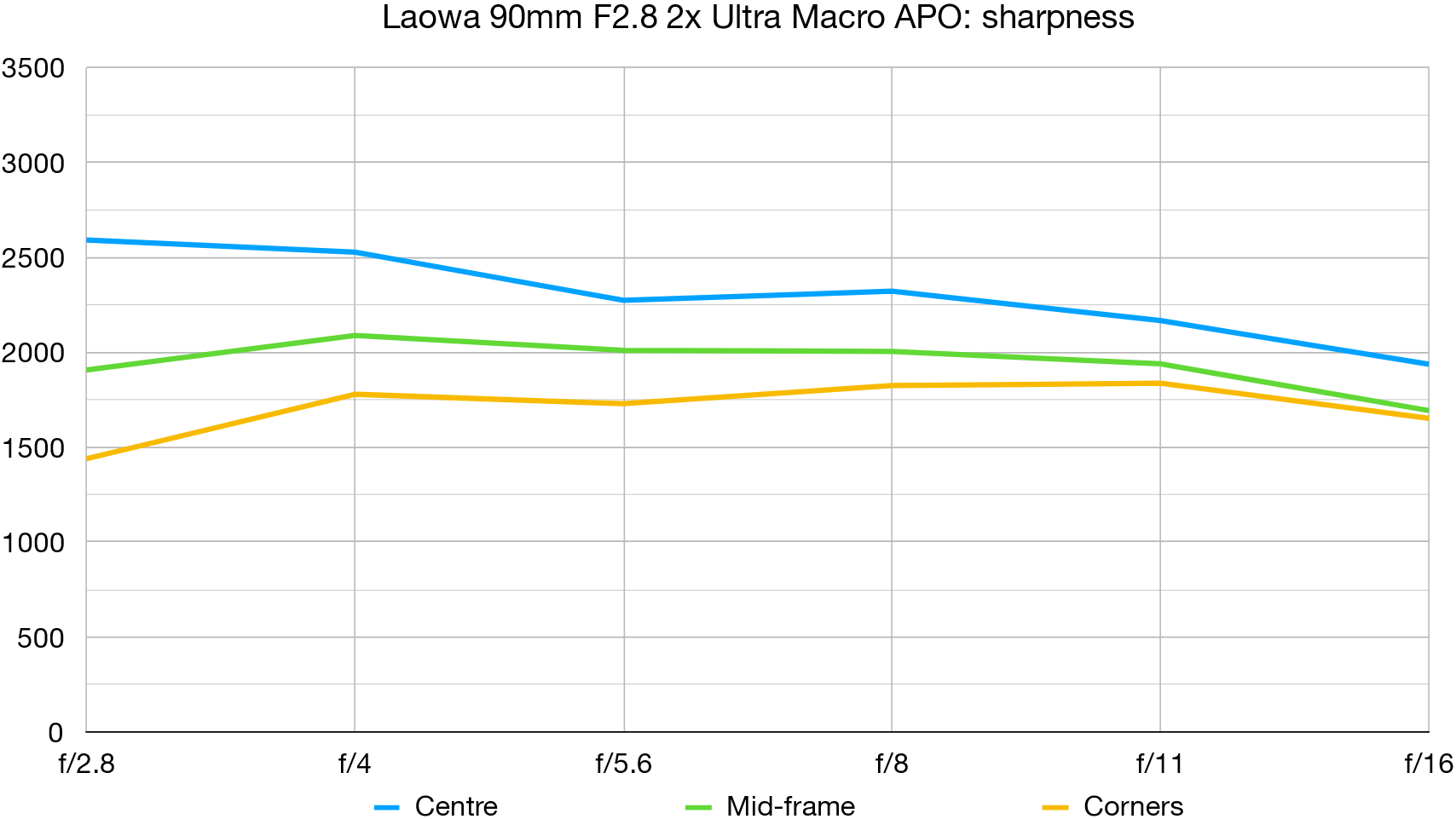
The Laowa is super-sharp across the entire image frame, even when shooting wide-open at f/2.8. More importantly for a macro lens, levels of sharpness are retained very well indeed at narrow apertures, which you might often want to use in extreme close-ups to gain even a little depth of field.
Fringing:
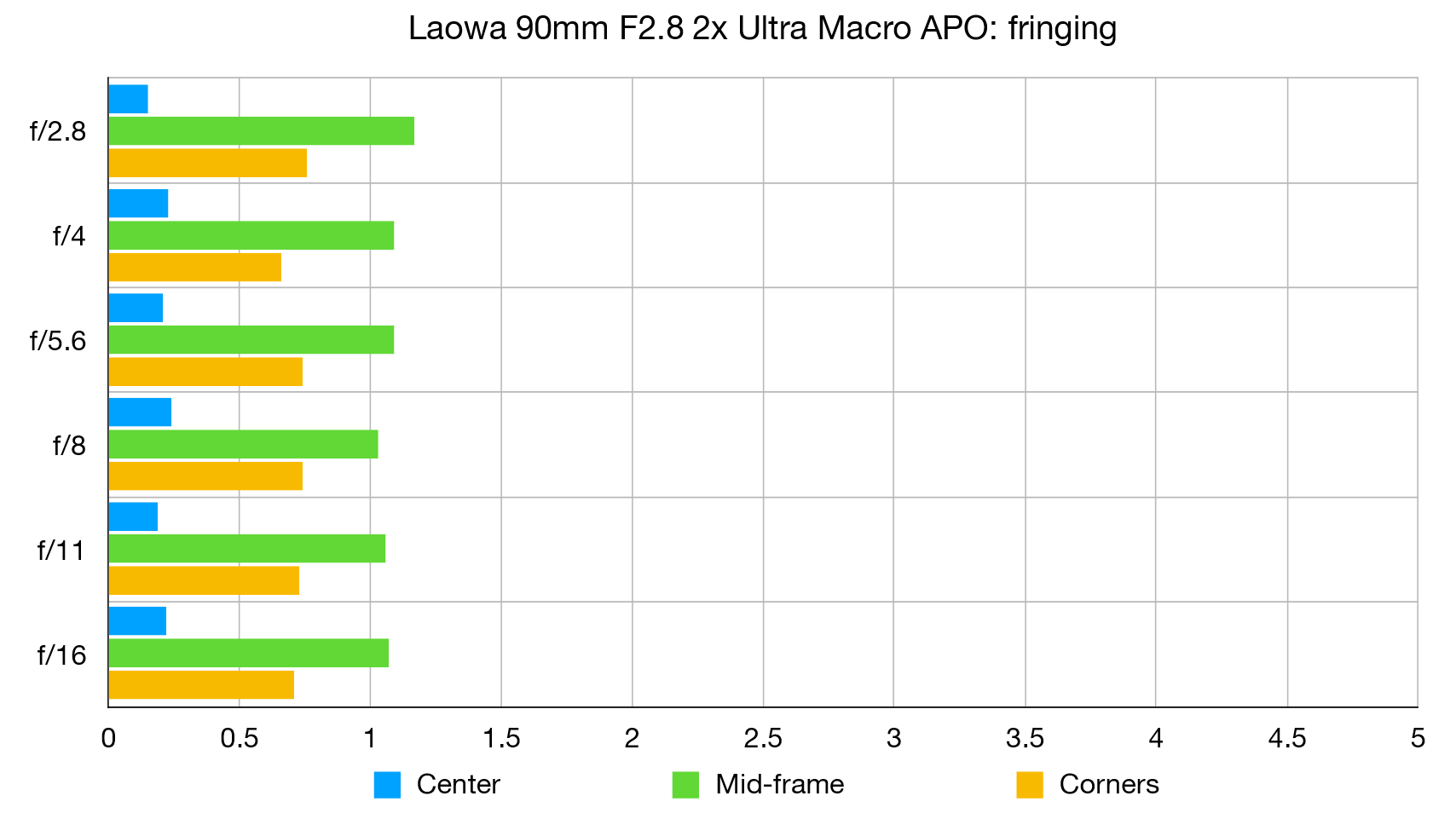
Color fringing is negligible at all aperture settings, both in terms of lateral chromatic aberration and axial chromatic aberration, the latter of which can cause color fringing across the whole image frame at wide apertures, just in front of and behind the plane of focus.
Distortion: 0.14
It’s virtually a zero-distortion lens. Technically, there’s the merest hint of pincushion distortion but it’s practically impossible to spot in images.
Verdict
If you feel that bigger is better when it comes to macro magnification, you’ll be delighted that this lens can reproduce small areas at up to twice life size on a camera’s image sensor. That gives the scope for humungous enlargement on-screen or in print, and thanks to the Laowa’s excellent sharpness, it can capture near-microscopic levels of fine detail and texture. It’s a fully manual lens designed for mirrorless cameras but has great handling and all-round performance. All in all, it’s a sound choice for mirrorless cameras, at a very attractive price.
Read more:
• Best camera lenses to get
• Best Canon lenses
• Best Nikon lenses
• Best Sony lenses
Matthew Richards is a photographer and journalist who has spent years using and reviewing all manner of photo gear. He is Digital Camera World's principal lens reviewer – and has tested more primes and zooms than most people have had hot dinners!
His expertise with equipment doesn’t end there, though. He is also an encyclopedia when it comes to all manner of cameras, camera holsters and bags, flashguns, tripods and heads, printers, papers and inks, and just about anything imaging-related.
In an earlier life he was a broadcast engineer at the BBC, as well as a former editor of PC Guide.



